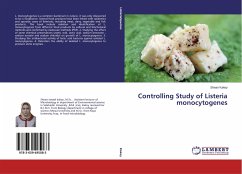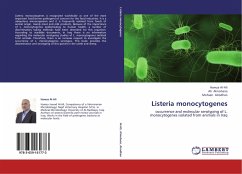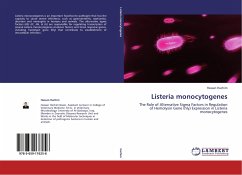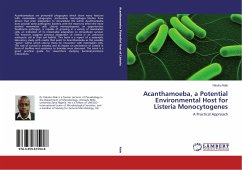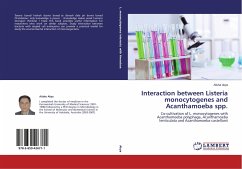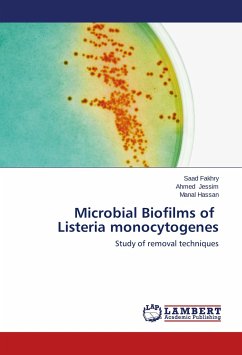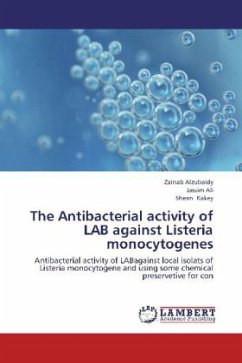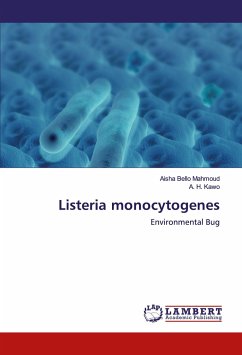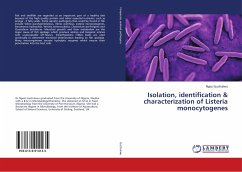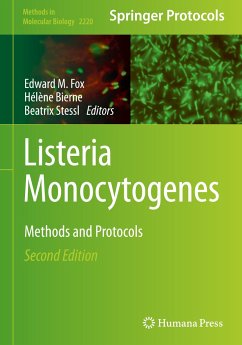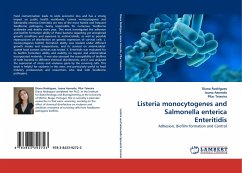
Listeria monocytogenes and Salmonella enterica Enteritidis
Adhesion, Biofilm formation and Control
Versandkostenfrei!
Versandfertig in 6-10 Tagen
45,99 €
inkl. MwSt.

PAYBACK Punkte
23 °P sammeln!
Food contamination leads to wide economic loss and has a strong impact on public health worldwide. Listeria monocytogenes and Salmonella enterica Enteritidis are two of the most hostile and frequent foodborne pathogens, being responsible for numerous foodborne outbreaks and deaths every year. This work investigated the adhesion and biofilm formation ability of these bacteria regarding yet unexplored growth conditions and exposure to antimicrobials, as well as possible repercussions of disinfection on genetic expression of survival cells. L. monocytogenes biofilm formation ability was studied u...
Food contamination leads to wide economic loss and has a strong impact on public health worldwide. Listeria monocytogenes and Salmonella enterica Enteritidis are two of the most hostile and frequent foodborne pathogens, being responsible for numerous foodborne outbreaks and deaths every year. This work investigated the adhesion and biofilm formation ability of these bacteria regarding yet unexplored growth conditions and exposure to antimicrobials, as well as possible repercussions of disinfection on genetic expression of survival cells. L. monocytogenes biofilm formation ability was studied under different growth modes and temperatures, and its survival on antimicrobial-coated food contact surfaces was tested. S. Enteritidis was evaluated for its biofilm formation ability and viability on regular and antimicrobial incorporated materials. It was also assessed the susceptibility of biofilms of both bacteria to different chemical disinfectants, and it was analysed the expression ofstress and virulence gene by the surviving cells. This book is helpful for students in this area, and particularly useful to food industry professionals and researchers who deal with foodborne pathogens.



